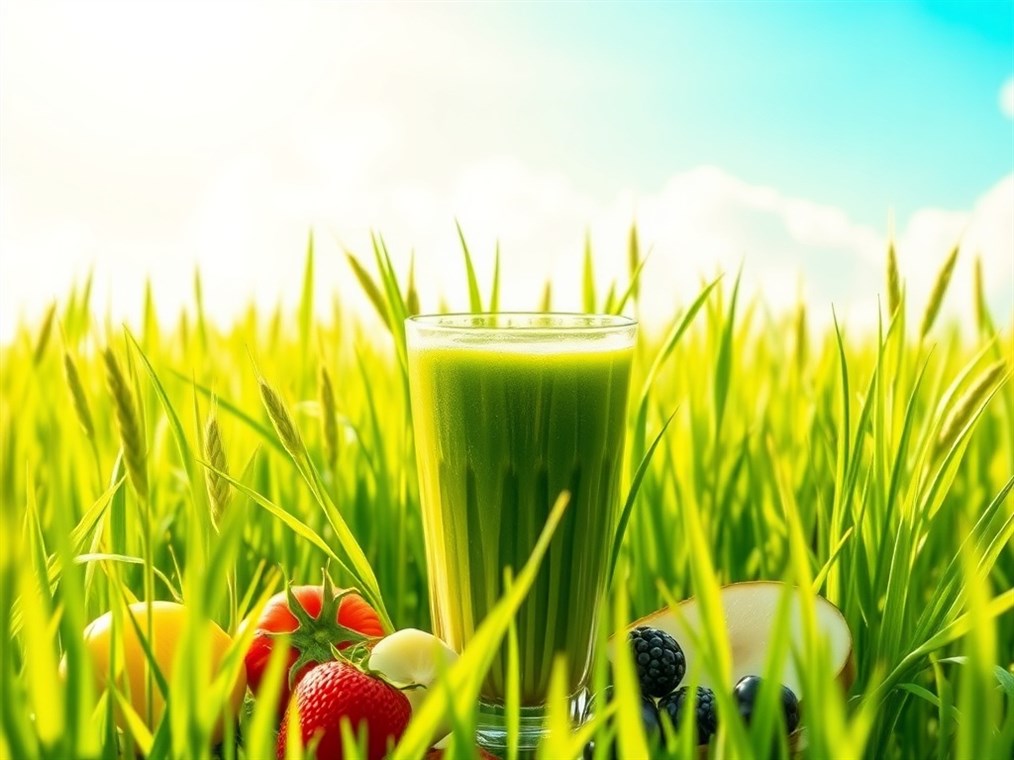Can You Eat Wheatgrass If You’re Allergic to Grass? Let’s Clear the Air.
So, you’ve heard the buzz about wheatgrass, right? This vibrant green stuff is all the rage in the health world, touted as a superfood that can do everything from boosting your energy to fighting off diseases. But here’s the thing: if you’re like me (and a whole bunch of other folks) and suffer from grass allergies, you might be side-eyeing that shot of wheatgrass juice. Is it friend or foe? Let’s dive in and get the lowdown.
First things first, let’s talk allergies. Grass allergies are no picnic. Your immune system gets all riled up by proteins in grass pollen, leading to the usual suspects: sneezing fits, a nose that won’t quit running, itchy eyes that make you want to scratch them out, and a throat that feels like sandpaper. Been there, done that, bought the industrial-sized box of tissues. And in some really unfortunate cases, things can escalate to hives, swelling, and even breathing problems. Not fun at all. Bermuda, Kentucky bluegrass, Ryegrass, Timothy grass – these are some of the usual suspects when it comes to triggering those allergies.
Now, what about wheatgrass itself? It’s basically baby wheat – the young sprouts of the wheat plant before it turns into, well, wheat. People juice it, powder it, pop it in capsules… you name it. And it’s packed with goodies: vitamins, minerals, enzymes, the whole shebang. Some studies even hint at potential health perks, like fighting inflammation and maybe even helping to prevent cancer. Sounds amazing, right?
But here’s where the plot thickens. Can wheatgrass trigger an allergic reaction if you’re allergic to grass? Sadly, the answer is yes, it’s possible. Think of it this way: your body’s already on high alert for grass proteins. Wheatgrass might contain similar proteins that your immune system mistakes for the enemy. The symptoms? Pretty much the same as any other grass allergy: hives, sneezing, runny nose, itchy eyes, the whole shebang. In rare cases, things could get serious with swelling or even anaphylaxis. Scary stuff.
The real issue here is something called cross-reactivity. It’s like mistaken identity in the allergy world. Your immune system sees a protein that looks similar to something it already hates and goes into attack mode. While there isn’t a ton of research specifically on wheatgrass and grass pollen cross-reactivity, it’s a definite possibility because they’re related. I’ve even heard stories of kids with grass allergies also being sensitive to wheat. If you notice allergy symptoms popping up after eating wheat products, definitely chat with an allergist.
One more thing: let’s not confuse grass allergies with wheat allergies or gluten intolerance. Wheatgrass is usually gluten-free because it’s harvested before the gluten develops. But, and this is a big but, there’s a chance of cross-contamination if it’s not harvested or processed carefully. So, if you’re super sensitive to gluten, look for certified gluten-free wheatgrass. Better safe than sorry.
So, what’s the takeaway?
- Talk to an allergist: Seriously, they’re the experts. Get tested to see if you’re specifically allergic to wheatgrass.
- Start slow: If your allergist gives you the green light, begin with a tiny amount and keep a close eye on your body.
- Choose wisely: Go for high-quality, certified gluten-free wheatgrass from a reputable source.
- Be aware of cross-reactivity: If you get itchy mouth or throat after eating certain fruits and veggies, be extra careful with wheatgrass.
- Listen to your body: If you have any allergy symptoms after trying wheatgrass, stop immediately!
The bottom line? Wheatgrass might be a nutritional powerhouse, but if you’re allergic to grass, proceed with caution. It’s all about knowing your body, playing it safe, and making informed choices.

